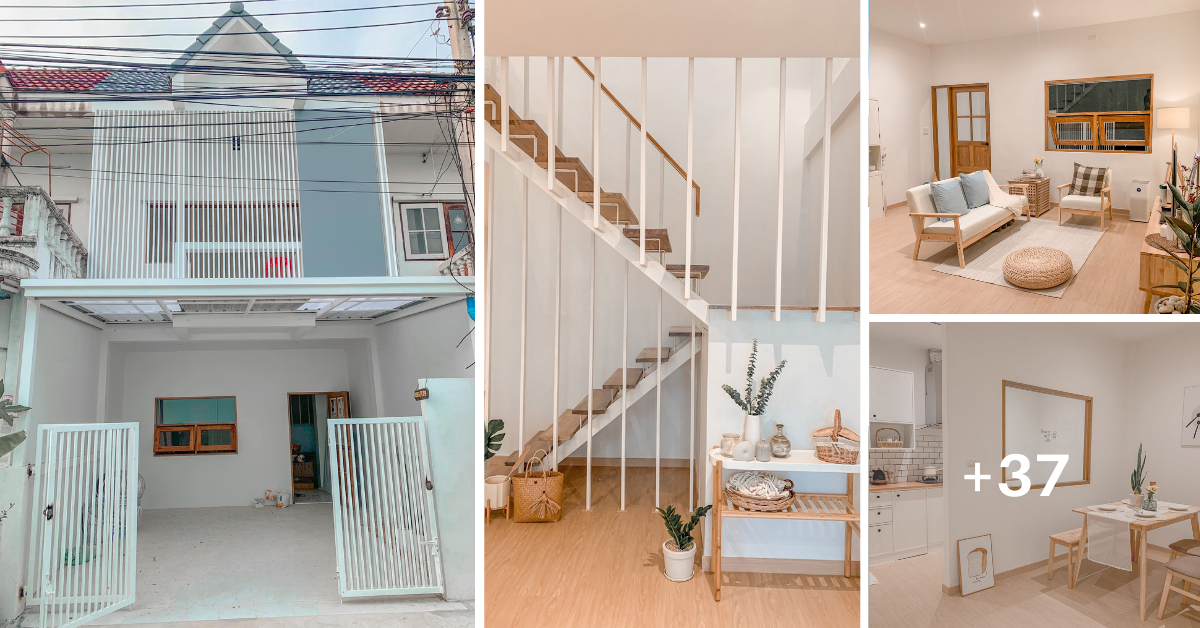
Typically, minimalist architecture will emphasize empty spaces using simple or gentle lighting, little furniture, and strong lines. Common characteristics of minimalist architecture are: deliberate geometric shapes, structural repetition, neatness, symmetry, and plain or simple materials.

Though minimalism is a bit polarizing — critics deride it for feeling too cold and empty — it’s an influential style that pervades not only modern and contemporary architecture, but also interiors, graphic design, and the visual arts.

Minimalism is all about the reduction to essentials, and in architecture, the required parts of a building are simply its form.

Reduced even further, the building blocks of these structures are all geometry and lines — and that’s exactly what you’ll find in minimalist architecture.

Most structures are made from simplified angles defined by clean lines that follow classic geometric shapes.

Yet this doesn’t make a minimalist building boring. In fact, minimalist architects often create drama by combining pared-down geometric forms and playing with scale.

.

.

.

.

.

.

.

.

.

.

.

.

.

.

.

.

.

.

.

.

.

.

.

.

.

.

.

.

.

.

.

.

.
Credit: MUJI House Minimal Style by Sissay Group
